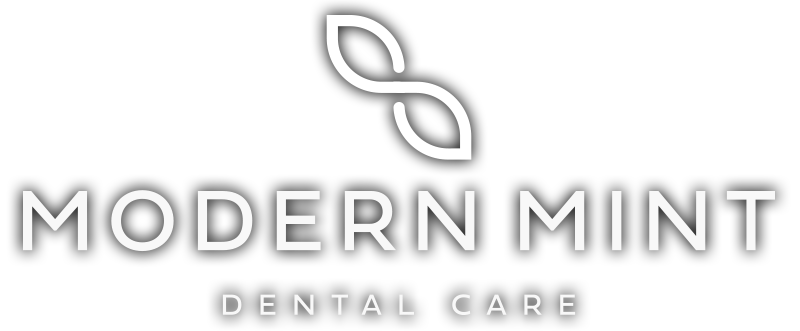When you visit the dentist, they check for plaque, tartar, tooth decay, and, yes, a healthy tongue color. Did you know that the color of your tongue can say a lot about your overall health?
The color of your tongue is a great indicator that something may be going on health-wise. For example, a yellow or white tongue may mean that you have an infection or are suffering from acid reflux disease. If you notice that your tongue is red, brown, black or white-yellow in color, this may be a sign of diabetes, a fungal infection, dehydration, or other underlying conditions that may require medical attention.
If it seems as if your oral health isn’t as good as it should be—or if something just doesn’t seem right—it’s important to get in touch with your dentist right away! They will be able to help determine the cause of tongue discoloration and help remedy the situation before things get worse.
White tongue
If your tongue is white, you may have a yeast infection, or a condition commonly referred to as oral thrush. Thrush is caused by an overgrowth of the fungus candida and can occur in both men and women with babies and older adults being at higher risk. Symptoms include:
- White, raised lesions on the tongue, cheeks, and back of throat
- Painful swallowing or sore throat
- Redness and soreness in and around the mouth
If you experience any of these symptoms, consult with your doctor about the possibility of an overgrowth of candida in your mouth and if this infection could be a sign of other medical issues. Your doctor will be able to diagnose thrush by a simple visual exam of the inside of your mouth.
If diagnosed, work with your doctor to find a treatment that’s right for you. Anti-fungal medications that can be swished around the mouth such as liquids or lozenges may be prescribed and are typically used for 1-2 weeks.
Following good oral hygiene practices and visiting your dentist regularly are great places to start for preventing thrush. It’s also helpful to eliminate foods that contain yeast and foods that feed on yeast, such as vinegar, beer, wine, mushrooms, sugar, refined carbs, and processed foods.
Red tongue
If your tongue is red, it could simply mean that you’ve eaten a spicy meal or drank too much alcohol. However, there are other causes of a red tongue that may require medical attention.
Smoking, drinking alcohol, and eating spicy foods are likely to cause a red tongue as these habits irritate the inside of your mouth and increase swelling. This swelling increases the visibility of blood vessels in the mouth, resulting in a brightly-colored, red tongue.
Heartburn or acid reflux from overeating or eating acidic foods can also cause a red-tipped tongue (as well as other symptoms such as burping and stomach pain). If this happens regularly, talk to your doctor about treatment options for managing these conditions so they don’t keep occurring every time you eat something spicy!
A deficiency in vitamin B12 may also present itself as bright red, smooth patches on the tongue. As always, consult with your doctor for a diagnosis and treatment plan that is right for you.
Black tongue
A black tongue may be a symptom of certain fungal infections, an underlying medical condition, or one of many other issues. Possible causes of black tongue include changes in the healthy bacteria normally present in the mouth, poor oral hygiene, dry mouth, alcohol use, or smoking. Symptoms of a black tongue include:
- Hairy, black discoloration of the tongue
- Metallic taste in the mouth
- Bad breath
These symptoms are typically temporary and clear up on their own with consistent, proper oral hygiene. However, consult your doctor if symptoms persist, as these symptoms may also be signs of liver or kidney disease, internal bleeding, or oral cancer. These conditions may cause darkening of the tongue and other parts of your mouth if they’re not properly treated in time.
If you notice any changes to the color of your tongue, it’s best to call a doctor immediately so they can check for any underlying causes and help you fix them as soon as possible before they get worse!
Yellow tongue
A yellow tongue is typically a temporary, harmless issue. Most commonly, it is due to the buildup of skin cells on the tongue resulting from poor oral hygiene, smoking, or taking certain medications. Rarely, a yellow tongue is a sign of dehydration, liver disease, jaundice or hepatitis.
As with other colored tongues, this is also temporary and can be easily fixed by drinking water and brushing and flossing regularly.
Blue-grayish tongue
A blue or grayish tongue color may be an indication of cyanosis, or insufficient circulation, usually caused by problems of the heart, lungs, or blood. In this case, the tongue discoloration is a symptom of an underlying health issue, and when the issue is resolved, the tongue will return to its normal color.
The blue or grayish color may also be due to intestinal or digestive issues. Digestive issues may contribute to increased bacteria in the mouth causing a coating on the tongue. Bacterial growth on your tongue may cause bad breath and other oral health problems. To prevent this, you should brush twice daily with a soft-bristled toothbrush and floss at least once per day.
Pinkish-Red tongue
A healthy tongue will have a pinkish-red color on all surfaces except for maybe the edges where bacteria tend to accumulate and may appear green or yellowish-brown.
As part of your regular oral hygiene routine, you should perform regular tongue brushing, which involves using a soft-bristled toothbrush to gently clean the surface of your tongue. This will help reduce the amount of bacteria present and improve bad breath.
Hopefully, this blog post has helped you understand what the color of your tongue says about your health. Visit us at Modern Mint Dental Care by calling 720-853-0350, emailing contact@modernmintdental.com, or book online.




